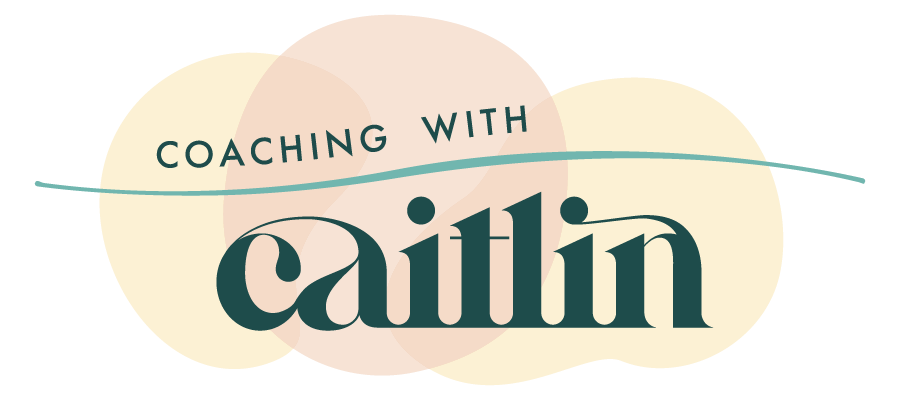ReRooted - A Research Backed Paradigm for Change - Part 3
As a health coach and a life coach, I spend a lot of time working with my clients on new habits.
Over time, I’ve come to adopt my own paradigm for change to support them because let’s be real - this world wasn’t built to support us. So why are we trying to fit into it?
This is part three: Connect.
(Psst: make sure you’ve read Part One: Rest and Part Two: Reset before diving into Connect).
Connect is when the energy is high, popping like the summer heat. Similar to ovulation when you feel ‘on’ in a presentation or the third trimester when baby is getting ready to go.
Connect is the phase where we connect to our environment and our support structures.
So, you've taken the time to reflect on this change and what's important to you and you’re taking action to make sure that you're set up for success.
Change doesn’t happen in a vacuum, especially if we take care of other humans that depend on us. This third phase is all about looking around for the helpers.
When you take time for yourself, the people that you care for are impacted. It doesn't mean that you can't do what you need to do, it just means that you can't do it alone.
Ask for help to take time for yourself because you’re worth it.
This study from 2018 showed that if a person was making habit changes for health reasons in their daily life and had multiple support persons, they saw 100% success rate in making the change.
Consider, too, that you aren’t just taking from your people. You also get to be that support person for someone else because you feel well.
When we take care of ourselves, we have the capacity to take care of others.
Use this phase to communicate your needs and ask for time. After you’ve identified the person you’re going to ask for help from, here is a conversation framework called OFNR (from the school of Non-Violent Communication) to get you started:
Observation: State a fact.
This might look something like, “I’m in the process of changing XX in my daily life.”Feeling: What are you as the speaker feeling?
Vulnerability is the ultimate form of connection so don’t be afraid to go for it. For example, “I’m feeling nervous about making this change and weak that I need to ask for help, if I’m being totally honest.”Need: What is the basic human need you have in this change & conversation?
“It’s important for me to XX because of the impact it has on my mental health and feeling good in my body.”Request: Ask the person to partner with you.
“Can we have a conversation about what taking this time for me can look like?”
The more we ask for help and reach out our hand, the easier it gets.
What questions do you have? What else do you need to ask for help? Send me an email at caitlin@coachingwithcaitlin.com and let me know!
More to come on all of this including phase four!
Hey, I’m Caitlin! I’m a certified health coach and life coach and I’m here to bring sustainable change into your day so that you have the time and energy you need for the things that matter most.
Want more support? Check out my other posts, learn more about coaching here or book a call with me here. You can always sign up for my newsletter, below, to receive these posts straight to your inbox, too!
